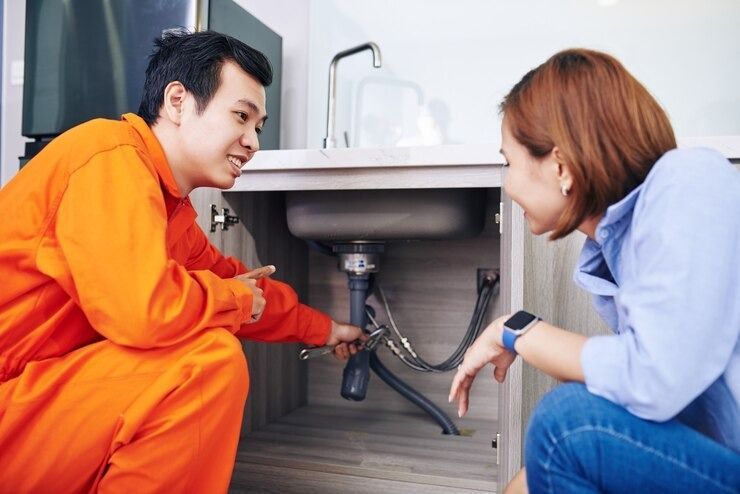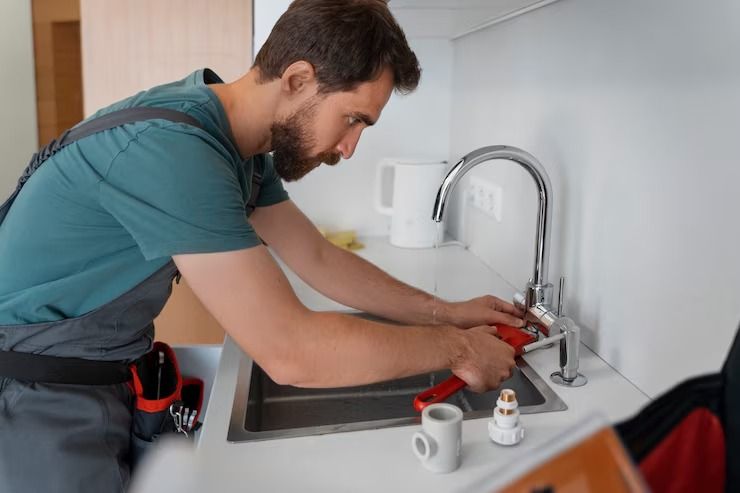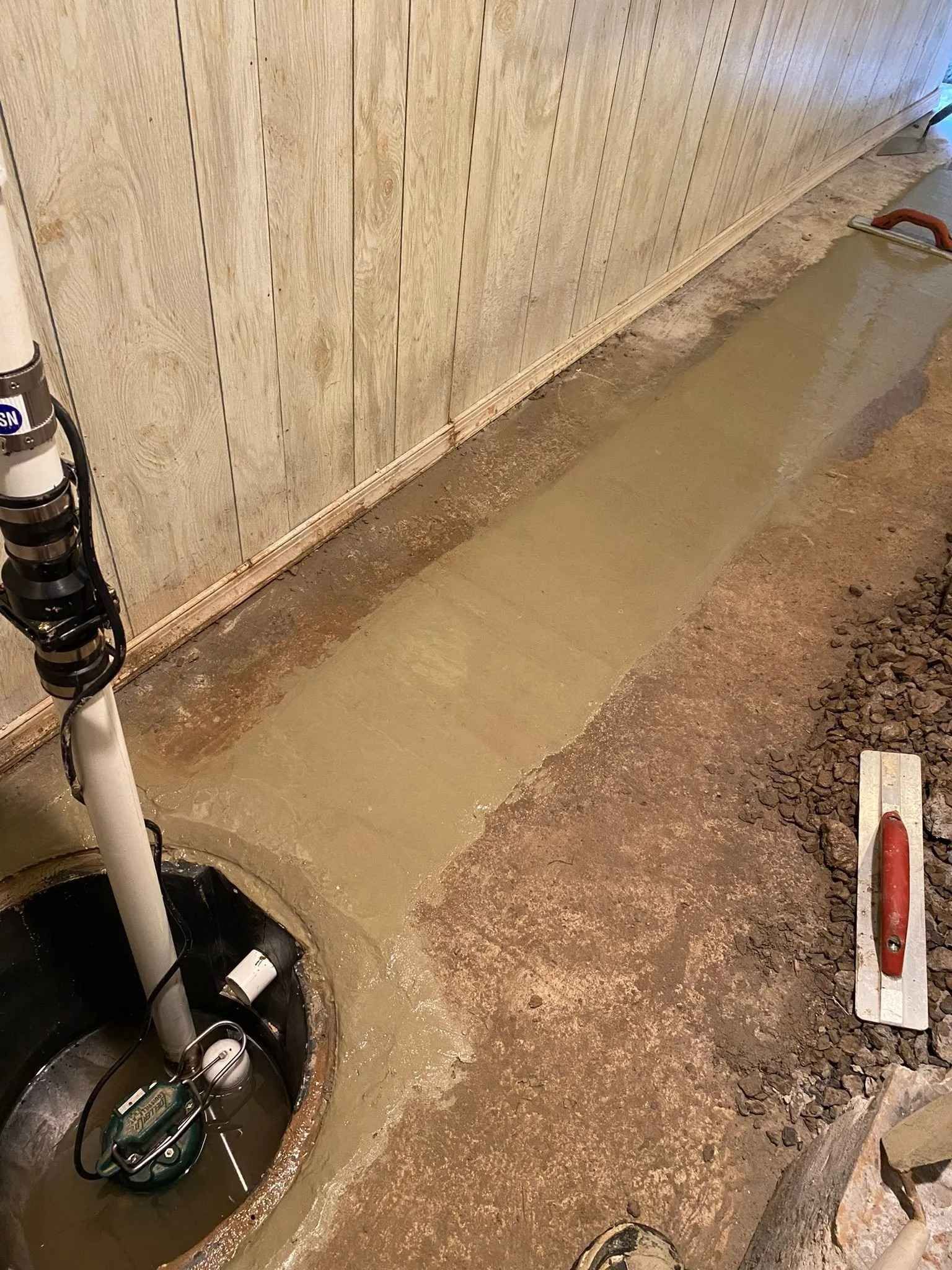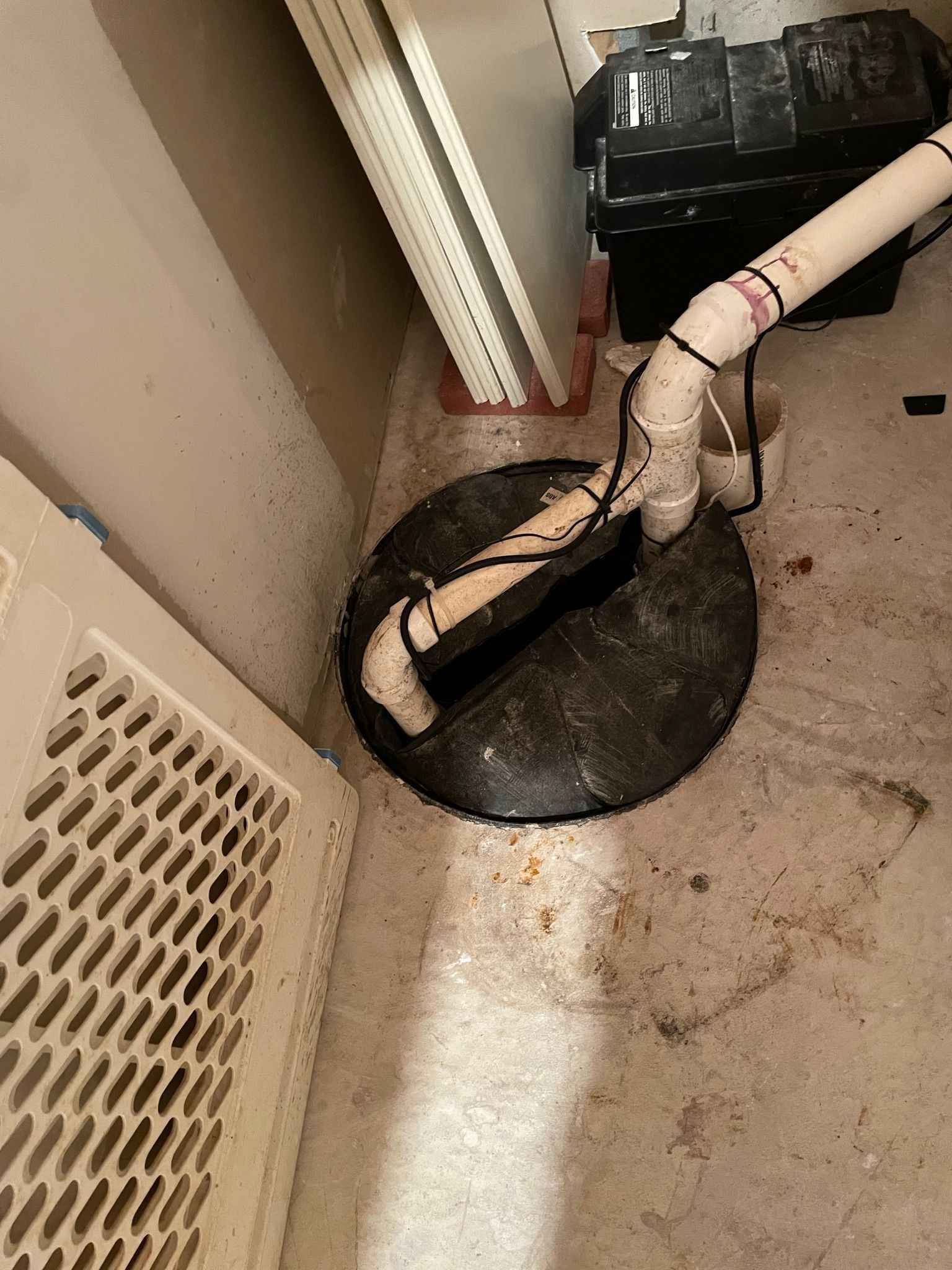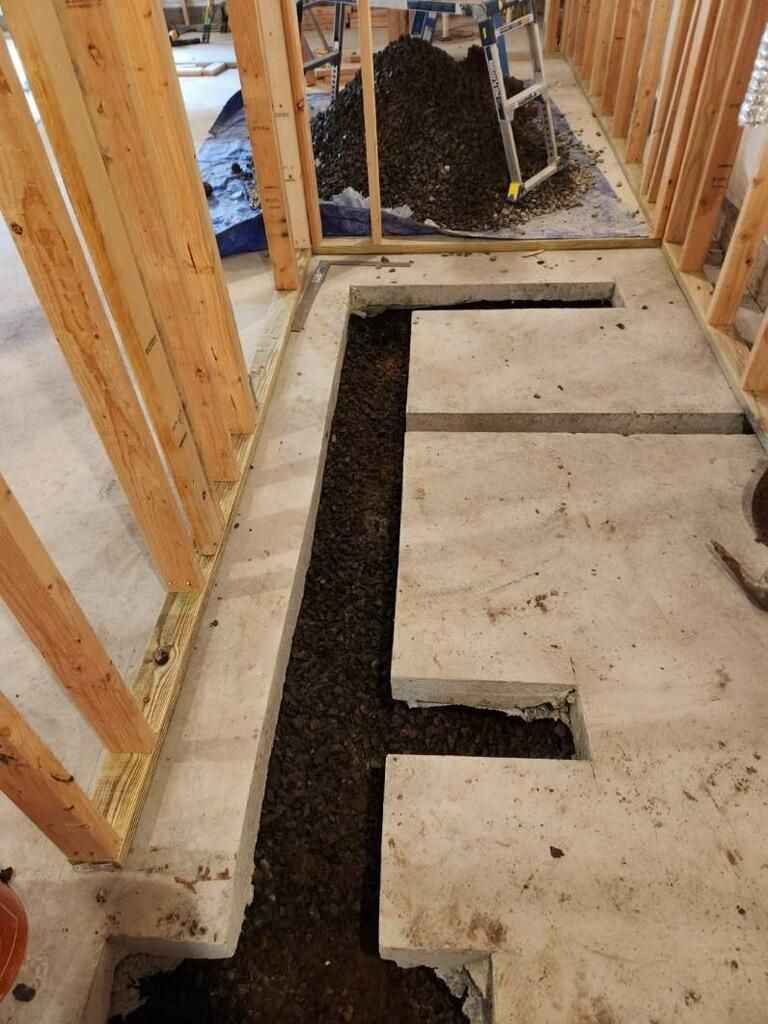How to Troubleshoot and Repair Your Sump Pump Pit
How to Troubleshoot and Repair Your Sump Pump Pit

A sump pump pit is a critical line of defense against basement flooding, working to collect and channel water away from your home’s foundation. However, like any home system, it can encounter issues over time. If you’re wondering how to repair sump pump pit issues, you’re not alone. Regular maintenance and repairs are essential to keep your sump pump pit functioning effectively and protecting your home from water damage. This guide will walk you through troubleshooting steps, common problems, and when it’s best to call in professional help.
Key Takeaways
- Regular Maintenance: Routine cleaning and inspection can prevent problems with your sump pump pit.
- Common Issues: Understanding common malfunctions, such as clogging or faulty components, will help you identify the right solutions.
- Professional Help: While basic maintenance can be DIY, many repairs require expert attention to ensure long-term functionality.
Repairing a Sump Pump Pit: Tips for a Smooth Fix
If your sump pump pit is showing signs of wear or malfunction, addressing it promptly can save you from costly water damage. Start by ensuring the pit is clean and free from debris, as clogs can hinder the pump’s efficiency. Check for cracks or damage in the pit walls, as these can lead to leaks or structural issues—seal them with waterproof epoxy if necessary. Inspect the sump pump itself to ensure it's functioning correctly and not blocked by sediment. If you notice unusual noises or reduced performance, it may be time to repair or replace the pump. Don’t forget to test the float switch, as it’s crucial for activating the pump during heavy rains. If the repair seems too complex, hiring a professional can ensure the job is done right. Proper maintenance will keep your sump pump pit running smoothly and your basement dry.
Overview
A sump pump pit is essentially a reservoir that collects water from around your foundation. The sump pump within the pit pumps the water out to prevent basement flooding. Over time, debris, sediment buildup, or mechanical issues may reduce its efficiency. Knowing how to repair sump pump pit problems can save you money, prevent water damage, and extend the system's life.
Common Sump Pump Pit Issues
1. Clogging
Debris like dirt, leaves, and small stones can build up in the sump pump pit and block the pump. A clogged pump cannot remove water effectively, which may lead to flooding. Cleaning the pit regularly is an essential step in learning how to repair sump pump pit issues. Installing a cover can also help minimize debris.
2. Mechanical Failures
Key components like the float switch, impeller, and check valve are prone to wear and tear. A damaged float switch might cause the pump to run nonstop or fail to activate, while a faulty check valve can cause water to flow back into the pit. These problems are often the root of concerns when figuring out how to repair sump pump pit malfunctions.
3. Improper Installation
A poorly installed sump pump pit may fail to collect water effectively, putting your basement at risk of flooding. Consulting a professional during installation is a wise choice to avoid future complications.
Troubleshooting Steps
If your sump pump pit isn’t functioning as it should, here’s how to repair sump pump pit issues step by step:
1. Inspect the Power Source
Make sure the pump is plugged in and the circuit breaker hasn’t tripped. Power issues are one of the most common causes of sump pump failure.
2. Check the Float Switch
Manually lift the float switch to test if the pump activates. If it doesn’t, you may need to replace the switch.
3. Examine the Discharge Pipe
Inspect the discharge pipe for any blockages or leaks. Clear obstructions to restore proper water flow.
4. Clean the Sump Pit
Remove debris from the pit to ensure that the pump can work efficiently. This simple maintenance step often resolves many issues.
When to Call a Professional
Some repairs are too complex or risky to handle alone. Contact a plumber if:
- You encounter persistent problems despite troubleshooting.
- The sump pump is over seven years old and shows signs of wear.
- You need to replace major components or reinstall the system.
On Point Plumbing in North Wales, PA, specializes in sump pump repairs. If you’re still unsure how to repair sump pump pit issues effectively, give us a call at 267-638-7151 for professional assistance.
Conclusion
A properly functioning sump pump pit is essential to keeping your basement dry and your home safe. By learning how to repair sump pump pit issues, you can address minor problems and maintain the system’s efficiency. However, many repairs require the expertise of professionals to ensure safety and durability.
Don’t wait until water damage occurs. Contact On Point Plumbing in North Wales, PA, at 267-638-7151 today. Let our experienced team handle your sump pump repairs and give you peace of mind.
FAQs
Q: How often should I clean my sump pump pit?
A: Clean your sump pump pit at least once a year. More frequent cleaning may be necessary if the pump operates frequently or after heavy storms.
Q: What are the warning signs of a failing sump pump?
A: Look out for unusual noises, continuous running, or a lack of activation during heavy rain.
Q: Can I install a sump pump pit myself?
A: While it’s possible, hiring a professional ensures proper installation and optimal performance.


